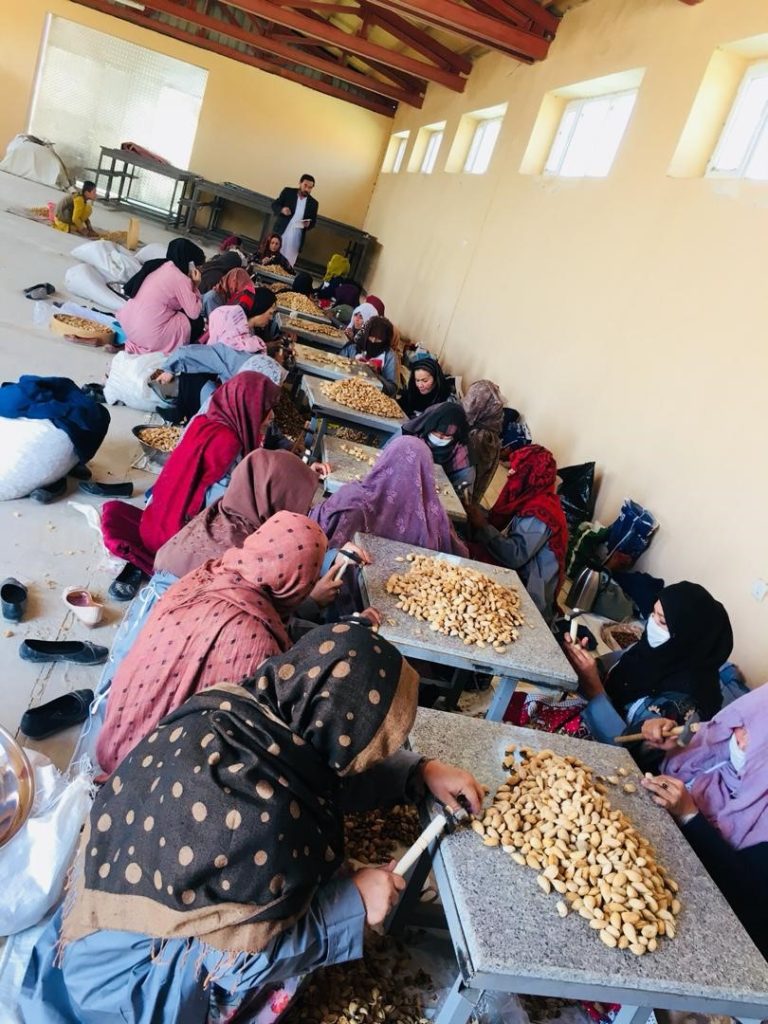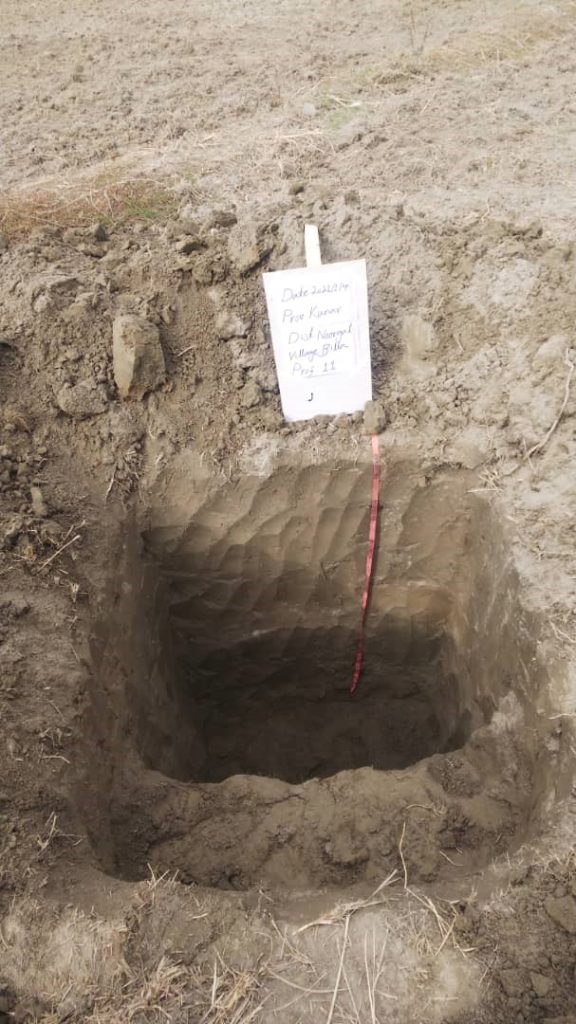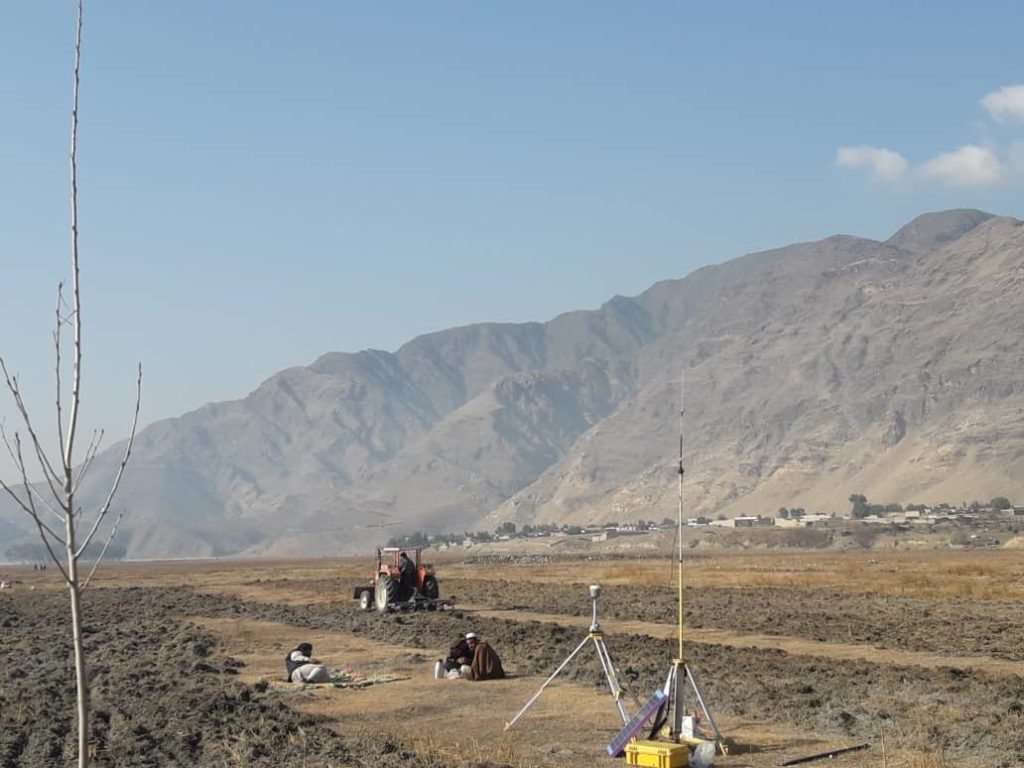Financial Agriculture
Agriculture is fundamental in Afghanistan: 70-80% of the population works in this sector. But 30 years of war have not only left their mark on the Afghan population, but also on the biodiversity of the country, and this has caused a loss of important traditional agricultural knowledge that was passed down from generation to generation, AERC is working in below division of Agriculture in Afghanistan.
Agricultural economics
Study of the allocation, distribution, and utilization of the resources used, along with the commodities produced, by farming. Agricultural economics plays a role in the economics of development, for a continuous level of farm surplus is one of the wellsprings of technological and commercial growth. In general, one can say that when a large fraction of a country’s population depends on agriculture for its livelihood, average incomes are low. That does not mean that a country is poor because most of its population is engaged in agriculture; it is closer to the truth to say that because a country is poor, most of its people must rely upon agriculture for a living.
AERC is working in the below parts of Agriculture economics studies:
- Cost benefits analyze.
- Microeconomic impact analyzes.
- Agriculture value chine analyzes.
Agriculture Soil Investigation
AERC undertakes a range of Soil investigation survey for agriculture area in all Afghanistan, AERC comprehensive Soil investigation services include field investigation, Lab tests and analyze and report writing of agriculture soil reports for different phase of the projects which are include pre-feasibility study, feasibility study, and detail study.
AERC is under take field soil investigation:
- Landscape, Relief, Land form, Slope, Land use, Crops, Human Influence, Natural Vegetation, Substrate, Surface Humidity, Rock Outcrops, Internal drainage of soil, Present salt, Present of surface crakes, Soil erosion, Flooding & etc.
Agricultural Management:
Before cropping commences the farmer has to make important decisions which profoundly affect the subsequent operational management. First he has to choose the crop. Agriculture management covers many topics because of the intrinsic variability in organic soils, climatic conditions, crop choice and land utilization policies. Socio-economic factors such as quality of farm management, capital investment, land tenure and the organization of water management in drainage, contribute to the complexity of the issues concerned. It is only possible to highlight information which is generally applicable and useful for practical field operations, and details relating to conditions that are found only locally in tropical peat soils are left out. AERC is working in the below parts of Agriculture Management. AERC is working in the below parts of Agriculture Management:
- Water management in relation to crop moisture requirements.
- Tillage and land preparation.
- Liming or acidity control.
- Fertilizer use.
- Crop protection


Agronomy
considers the whole range of influences on crop production, including climate and adaptation, soil, water and water availability, crop genetics, the properties of the soil and how the soil interacts with the growing crop; what nutrients the crop needs; the ways that crops grow and develop; and how best to control weeds, insects, fungi, and other crop pests. Non-biological considerations such as economic requirements and consumer and farmer behavior also inform agronomic practices, as do environmental constraints.
Horticulture
Horticulture, the branch of plant agriculture dealing with garden crops, generally fruits, vegetables, and ornamental plants. As a general term, it covers all forms of garden management, but in ordinary use it refers to intensive commercial production. In terms of scale, horticulture falls between domestic gardening and field agriculture, though all forms of cultivation naturally have close links. AERC is working in the below parts of Horticulture:
- Seed and vegetative propagation.
- Vegetative structure.
- Layering and cutting.

